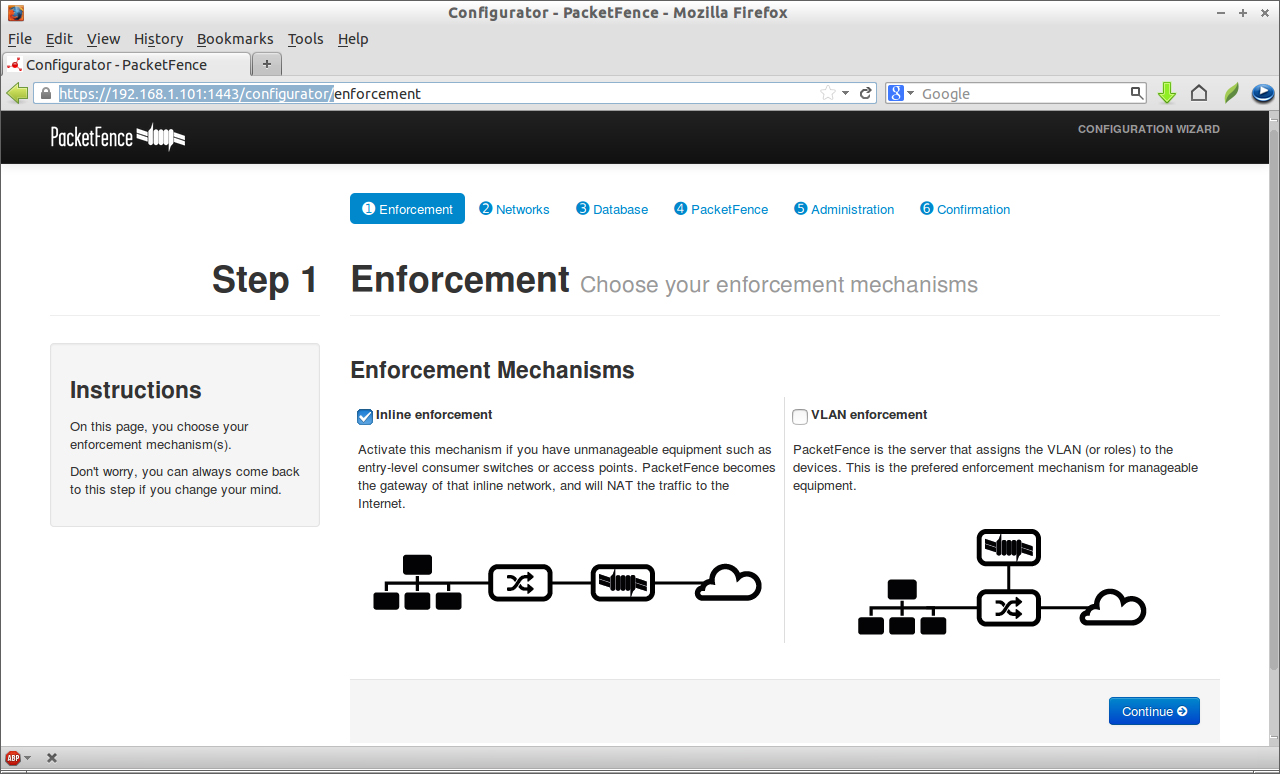

One way to overcome these problems is to employ so-called attribute-based access control (ABAC).

In addition, role-based mechanisms are often not capable of expressing all access control requirements of a given application domain. Furthermore a matching increase in complexity in maintaining the integrity of access control as it becomes increasingly harder to define the right roles and correct assignments to individuals or groups.

Managing access to the different resources correctly results in an explosion of roles. The number of applications to be managed within an organization is typically increasing over time. This may include hierarchical role concepts. Different roles are assigned to individual within the identity management system. Often applications allow different degrees of access control following role-based concepts (RBAC). How SAPL can be used in Spring Boot applications integrating the access policiesĮxternalized dynamic policy-driven access control.How to express access rights policies using SAPL.Basic concepts and motivation for Attribute-based Access Control (ABAC) in general and Attribute-Stream Based Access Control (ASBAC) in particular.This article discusses, how the Streaming Attribute Policy Language ( SAPL) can be applied to realize complex authorization scenarios by formulating rules for access control in an easy to use policy language implemented using Xtext.


 0 kommentar(er)
0 kommentar(er)
